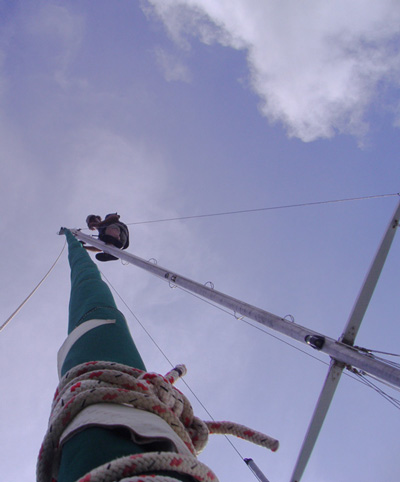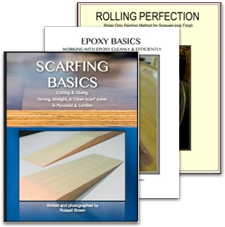In the j’accuse department, some legal wrangling of the maritime/not maritime sort, and, nope, 2012 is not what I imagined it would be back in the early 70's...
I've got a variety of rigging jobs coming up in the not too instant future and, as it happens, someone recently wrote asking what a good basic rigging kit should contain, so it seems a reasonable time to talk about what's in the bag...
Cutting implements... Of course, I have my day-to-day boat knife but I keep my ceramic knife in the rigging kit along with a couple of razor knives, a pair of shears and surgical scissors.
Fids... I have a bunch, partly because some fids work better in some situations/materials than others and partly (I believe) fids are a lot like rabbits which, if left alone for any length of time, you'll find that your rigging bag is full of a lot of fids that seemed to get there all by themselves. That said, my most used fid-like objects are actually forceps if that is of any interest.
A bag full of light stuff for whipping and seizing, some heavy waxed thread and some sail needles plus a hunk of beeswax seem to complete the marlin spike side of things.
For the standing rig work, it's pretty simple... a pair of 10-inch adjustable wrenches (otherwise known as Crescent or Moy), a hack saw, a block of wood with wire-sized holes and a saw kerf to use as a jig to saw wire in a non-problematic manner, a 100-foot measuring tape, and a selection of Loos tension gauges.
The only other bit worth mentioning that does not fit in the rigging bag is a proper bench vise on a board because life is just too short to mess around without one.
Of course, I should add that Brion Toss's book "The Complete Riggers Apprentice" pretty much answers any needful questions that are likely to come up whether it be tools, a particular splice, and anything else dealing with rope or wire.
Listening to The Civil Wars
So it goes...

Sunday, October 07, 2012
What's in my rigging bag...
Posted by
RLW
at
Sunday, October 07, 2012
![]()








